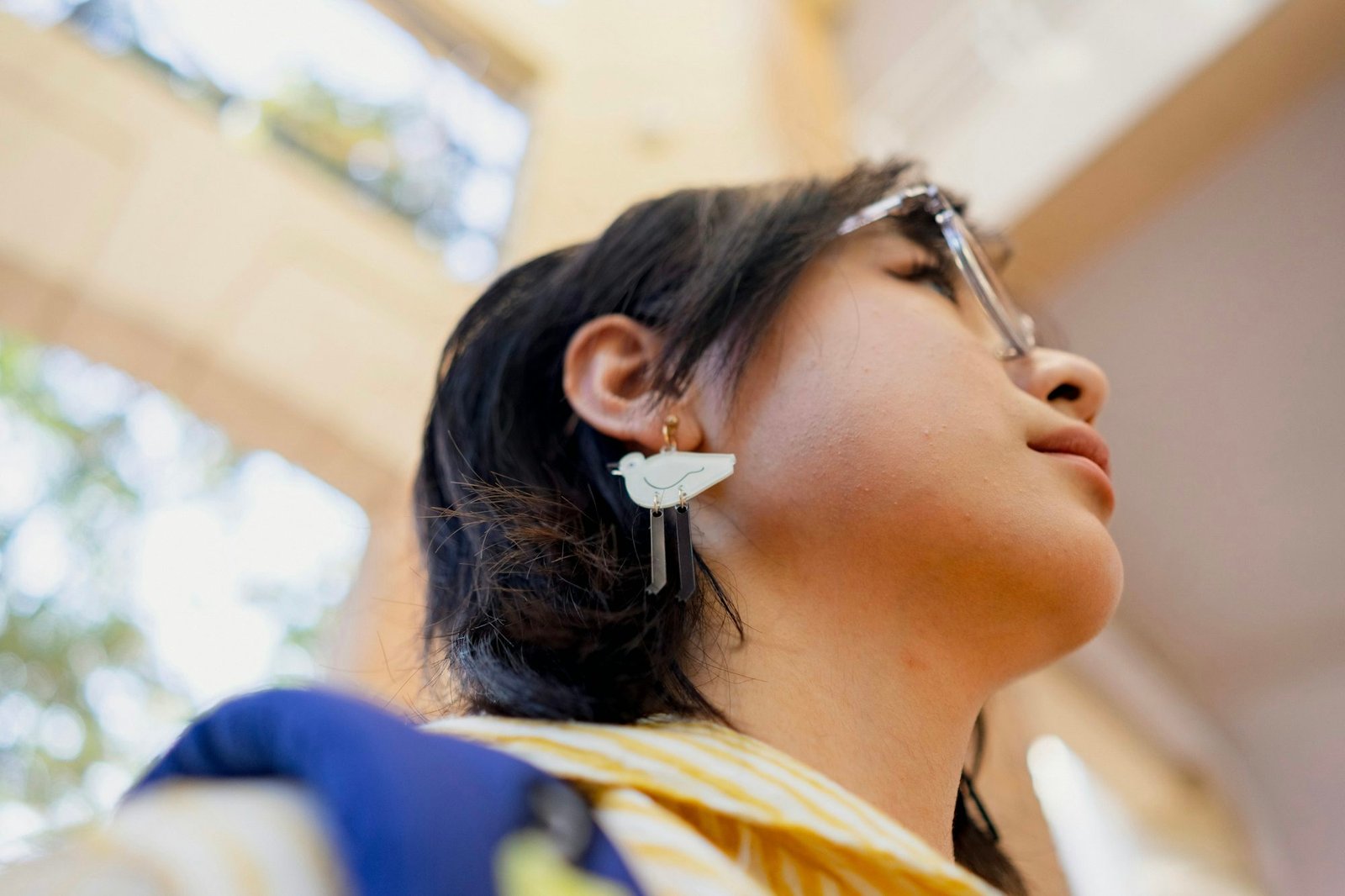
veloues.shop
This article explores Style Fabric the Accessories Runway Jewelry Designer Apparel history, various styles, and Costume cultural significance of rings, showcasing Boutique their Footwear evolution Couture Wardrobe as Streetwear a key accessory in fashion and life Trend events. OutfitThe origins of rings can be traced back to ancient civilizations, where they were often Footwear made from materials such as bone, wood, and metals. The earliest rings were primarily practical, serving as seals for documents or tokens of authority. In ancient Egypt, rings adorned with Fabric hieroglyphs or symbols were worn by pharaohs and nobility, representing their power and status. These early rings laid the groundwork for the dual role of rings as both functional objects and symbols of prestige.
As time progressed, the use of rings expanded beyond practicality to encompass personal expression and sentiment. In ancient Rome, rings became a sign of social standing, with wealthy citizens adorning themselves in elaborate designs. They were often crafted from gold and silver, embellished with gemstones that reflected the wearer's wealth and taste. The practice of wearing rings as a display of status continued through the Middle Ages, where intricate designs and craftsmanship became markers of nobility.
The concept of engagement and wedding rings emerged prominently during the Renaissance period. During this time, rings adorned with precious stones were exchanged as symbols of love and commitment. The first known use of a diamond engagement ring dates back to 1477, when Archduke Maximilian of Austria presented one to Mary of Burgundy. This tradition solidified the significance of rings in romantic relationships, and over the centuries, engagement and wedding rings have become staples in various cultures, symbolizing enduring love and partnership.
In the 19th century, the Victorian era further shaped the evolution of rings. This period celebrated sentimental jewelry, where rings were often designed to hold meaning. Many were crafted with lockets that could contain photos or mementos of Couture loved ones, allowing the wearer to carry their cherished memories close. Gemstones such as opals and garnets were popular, often set in intricate designs that conveyed personal stories and emotions. The Victorian fascination with symbolism continued to influence ring designs well into the 20th century.
As we entered the 20th century, ring styles diversified dramatically, reflecting the cultural and artistic movements of the time. The Art Deco movement brought forth bold geometric shapes and vibrant colors, leading to a new wave of creativity in ring design. Rings became more than symbols of commitment; they transformed into works of art, often showcasing innovative techniques and materials. This era celebrated individuality and self-expression, allowing people to wear rings that truly reflected their unique style.
The mid-20th century introduced a more casual approach to jewelry, with rings becoming popular fashion accessories for everyday wear. The rise of costume jewelry allowed for playful experimentation, enabling individuals to mix and match rings to create personalized looks. This trend emphasized the versatility of rings, as they could be worn stacked or alone, offering a range of styling options for every occasion.
Today, rings encompass a wide array of styles, catering to diverse preferences and tastes. Classic solitaire engagement rings, featuring a single diamond or gemstone, remain popular choices for couples. Their simplicity and elegance symbolize a deep commitment, making them timeless Runway selections for many. Meanwhile, halo Boutique rings, adorned with smaller diamonds encircling a central stone, have gained popularity for their stunning brilliance and intricate designs.
Statement rings have also made a significant impact in contemporary fashion. These bold pieces often feature oversized stones, intricate metalwork, or unique shapes, making them focal points in any outfit. From cocktail rings to contemporary designs, statement rings allow wearers to express their personality and creativity. The trend of stacking rings has also taken hold, encouraging individuals to mix and match different styles, metals, and gemstones for a personalized look.
Culturally, rings hold various meanings and significance worldwide. In many cultures, rings symbolize social bonds and commitments. In Indian culture, for instance, wedding rings are often designed with intricate details and traditional motifs, reflecting the couple's heritage. In some African cultures, rings serve as symbols of unity and kinship, reinforcing the importance of family and community.
Moreover, rings are often given as gifts for significant Streetwear occasions, serving as tokens of love and appreciation. Birthstone rings, for example, are cherished gifts that allow individuals to carry a piece of their identity with them. Personalized rings, engraved with initials or meaningful dates, create lasting memories, making them cherished keepsakes.
As we look to the future, the world of rings continues to evolve, influenced by contemporary trends and societal changes. Sustainability is becoming increasingly important in the jewelry industry, with many designers focusing on ethically sourced materials and environmentally friendly practices. This shift not only caters to the growing demand for responsible fashion but also inspires innovative approaches to ring design.
The rise of online platforms has further transformed how individuals discover and purchase rings. With access to a global market, consumers can explore a vast array of styles, designs, and prices, allowing for a more personalized shopping experience. Customization has also become a significant trend, enabling customers to create bespoke rings that reflect their unique stories and preferences.
In conclusion, rings are more than mere accessories; they embody love, commitment, and personal expression. From their ancient origins to contemporary designs, rings have played a vital role in fashion and culture across generations. Whether worn as symbols of love, status, or individuality, rings invite wearers to connect with their histories, celebrate their relationships, and express their unique identities. As we continue to embrace creativity and sustainability in jewelry design, the allure of rings will undoubtedly endure, captivating future generations.